Sitting on a bus to Prague for 8.5 hours provided plenty of time to reflect on the week we just spent in Krakow. This is a trickier post to write as Krakow provided us both the saddest and most intense moments of our trip as well as many happy memories. Ultimately we experienced an odd juxtaposition of having access to a history of genocide through visits to Auschwitz-Birkenau, Oskar Schlinder’s factory and the remains of the Jewish ghetto while also enjoying a beautiful city and feasting on borscht, pickles, pierogies, and chocolate.
We posted briefly after our day at Auschwitz, but with a few days distance from our trip a fuller accounting of what we learned about the events of World War II in Krakow and Poland is possible. Auschwitz is the starkest and saddest place one can imagine. Here the enormity of what the Nazis conceived and executed is laid right before your eyes. While the tour is very tangible in terms of what you see and hear, we were overwhelmed both emotionally and intellectually trying to make sense of how such hatred and violence could occur in such an organized and systematic way. No visit to a well-curated museum can match the raw reality of a visit to Auschwitz.
At Schlinder’s factory, we learned much about what happened to both Poles and Jews during World War II as well as the story told in Steven Spielberg’s film Schlinder’s List. Here we learned that the Poles, while not targeted for extermination like the Jews, suffered greatly under five years of German occupation. In fact, it was ethnic Poles who were the first ones sent to Auschwitz with thousands of them dying from starvation, exhaustion, and execution.
This museum also does a great job documenting the Jewish Holocaust experience from early government-sanctioned anti-Jewish laws that severely limited basic rights, to forced relocation to the ghetto, and ultimate deportation to concentration camps. Before the start of World War II, Poland was home to 3.3 million Jewish residents. By the time the country was liberated in 1945, there were fewer than 70,000 who survived the war. To see how the Holocaust played out in one community really brought to light the utter cruelty and devastation to the Jews and the community as a whole.
Finally, we also visited the Pharmacy Under the Eagle Museum; a small, but powerful museum which tells the story Polish chemist, Tadeusz Pankiewicz, who refused to leave his pharmacy when the Jewish ghetto was created. Risking his own life as well as those of his family, Pankiewicz allowed his pharmacy to become the center of resistence activity to Nazi policy. Whether it was communicating messages, helping to hide Jews, or providing hard to acquire medicine, Pankiewicz was the staunchest of allies to the Jewish community.
We left Krakow with a deeper understanding and compassion for the experience of both the Polish and Jewish communities during the German occupation.
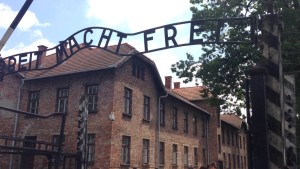
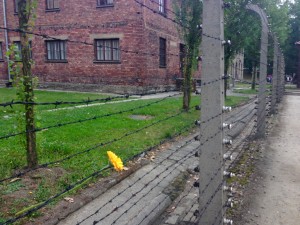
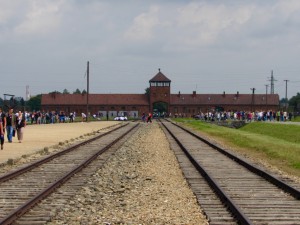
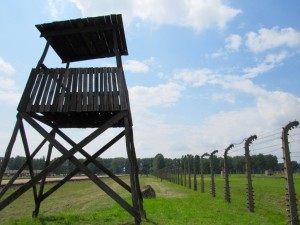
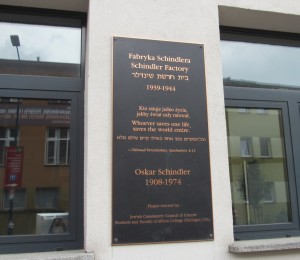
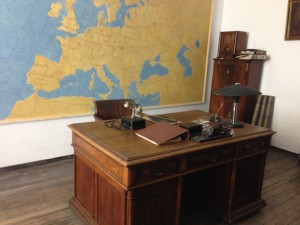
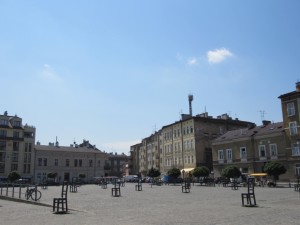
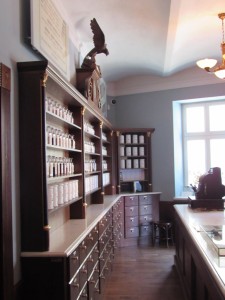
Thanks for the post and pictures . It was sad and informative reading this so I cannot imagine all the emotions you felt being there
Wow, great history for the kiddos to see , very touching indeed. I am always moved by the stories told about Auschwitz. I only imagine the pain and suffering that they endured so inhumane and so unnecessary. Thanks for sharing and posting a piece of your experience. Blessings to you all on your travels.
Thanks for sharing this post with us. Reading about your experience at Auschwitz was moving and I’m so glad you could feel the sadness and also leave with a deep appreciation for all that you have. I know that every time I check in on your travels I’m struck by just how fortunate the Silver-Wilkes family is! See you soon, my friends!